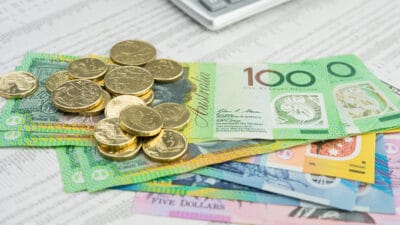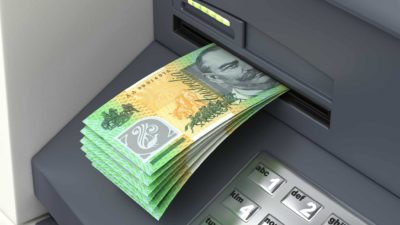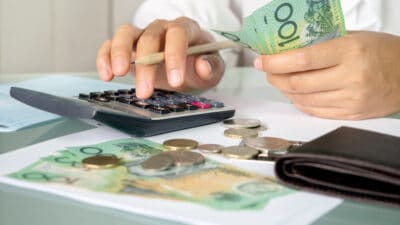Unless you are heavily invested in mining stocks, your portfolio is likely looking pretty red by now.
You likely don't need reminding, but for the record the S&P/ASX 200 Index (ASX: XJO) has fallen 11.3% year to date, S&P 500 Index (SP: .INX) by 23% and the Nasdaq Composite (NASDAQ: .IXIC) has tumbled a painful 32.5%.
The US indices are in a bear market, and ASX shares are not much better excluding the resources sector.
We have all heard ad nauseum from experts that market troughs are the best time to pick up the bargains.
But with interest rates still expected to rise further, even many professional investors are holding fire and waiting with cash in hand.
"I can definitely foresee a situation where markets have another leg lower and go for another 10%, 15% [down]," Medallion Financial managing director Michael Wayne told The Motley Fool last week.
So what do we do? How much lower can ASX shares go?
The answer is to buy now
Fidelity International investment director Tom Stevenson has an easy answer to this.
Don't worry about it. Buy now.
This is because no one can intentionally time the market perfectly, and his opinion is that it's better to buy early to be already invested when the trough comes.
"I'd say it's far better to be early — even though human nature ensures that most of us have a tendency to come late to the party," he wrote in the UK's The Telegraph.
"The fear of losing money in the short term, which is the lot of the early investor, is a powerful disincentive to pre-empt the market."
The idea is that if you wait for the trough to pass, you won't know it has passed until you've seen much of the recovery. That is, the bottom of the market can only be defined in hindsight.
"Many investors just sit on the sidelines watching other people enjoy the recovery," said Stevenson.
"If you had taken the pain of an initial loss, you would have been in at the bottom and sitting comfortably as the rally gathered pace."
Why waiting is a mug's game
Stevenson predicts that by the end of next year investors will look back on the previous 12 months as a period of rapid and significant returns.
Late buyers risk sacrificing much of those gains by sitting out.
"If you think you are smart enough to time your re-entry back into the market, then by all means sit on your hands for a bit longer," he said.
"But the early weeks of the pandemic showed how quickly markets can regain lost ground when they get a sniff of recovery and interest rates start to fall again."
The point is that while a 5% difference in entry price might seem huge now, it will seem insignificant after the recovery rally when you've missed out on a 30% gain.
Stevenson took the S&P 500 as an example. It's sitting around 3,695 points at the moment.
"You won't care too much if you got in at 3,300 or 3,500 once the US benchmark is back above 4,000 again. You will care if you are still waiting in vain for a better entry point."
So don't become scared stiff like everyone else. This is the time to make hay.
"The time to get interested is when everyone else is focused on the grim economic and corporate outlook," said Stevenson.
"Time to grit your teeth and start to prepare for the upturn. Even if it hurts in the short term."









